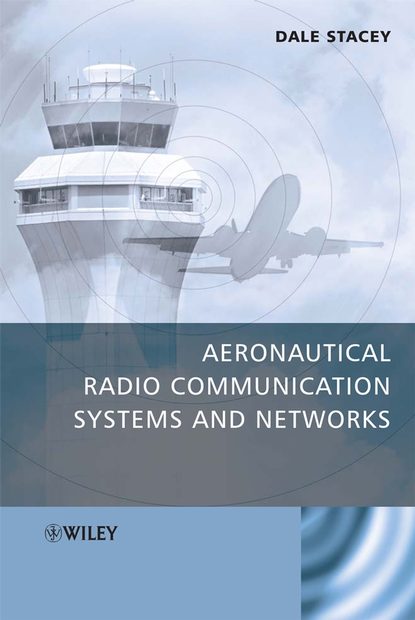
Aeronautical Radio Communication Systems and Networks скачать fb2
Dale Stacey - Aeronautical Radio Communication Systems and Networks краткое содержание
Typically, there are over twenty radio systems on board the average commercial jet aircraft dealing with communication, navigation and surveillance functions. Very high frequency (VHF) air-to-ground communication is usually the main method of information and control exchange between pilot and air traffic control. Satellite and high frequency radio links are used to complement this system for long range or oceanic information exchanges. Other communications systems are required between the airline operation centre and the pilot and sometimes between the passengers and the ground. A comprehensive guide to current systems, networks and topologies, this book covers application requirements for communication and related radio-navigation and surveillance functions in aeronautical systems. There is also an insight into future possibilities as technologies progress and airspace operation and control scenarios change. Ideal for civil aviation authorities, airspace management providers and regulatory organizations, Aeronautical Radio Communication Systems and Networks will also appeal to aircraft and radio equipment manufacturers and university students studying aeronautical or electronic engineering. Key features: Provides a broad and concise look at the various communications systems on board a typical aircraft from a theoretical, system level and practical standpoint with worked examples and case studies throughout. Considers all types of aircraft from light aircraft to large commercial jets and specialised supersonic aircraft. Looks at existing airport radio communication infrastructure and proposals for new very high bandwidth radio applications within the airport environment. Provides a complete list of formulae for engineering design analysis and quick checks on system performance or interference analysis.
Чтобы оставить свою оценку и/или комментарий, Вам нужно войти под своей учетной записью или зарегистрироваться



